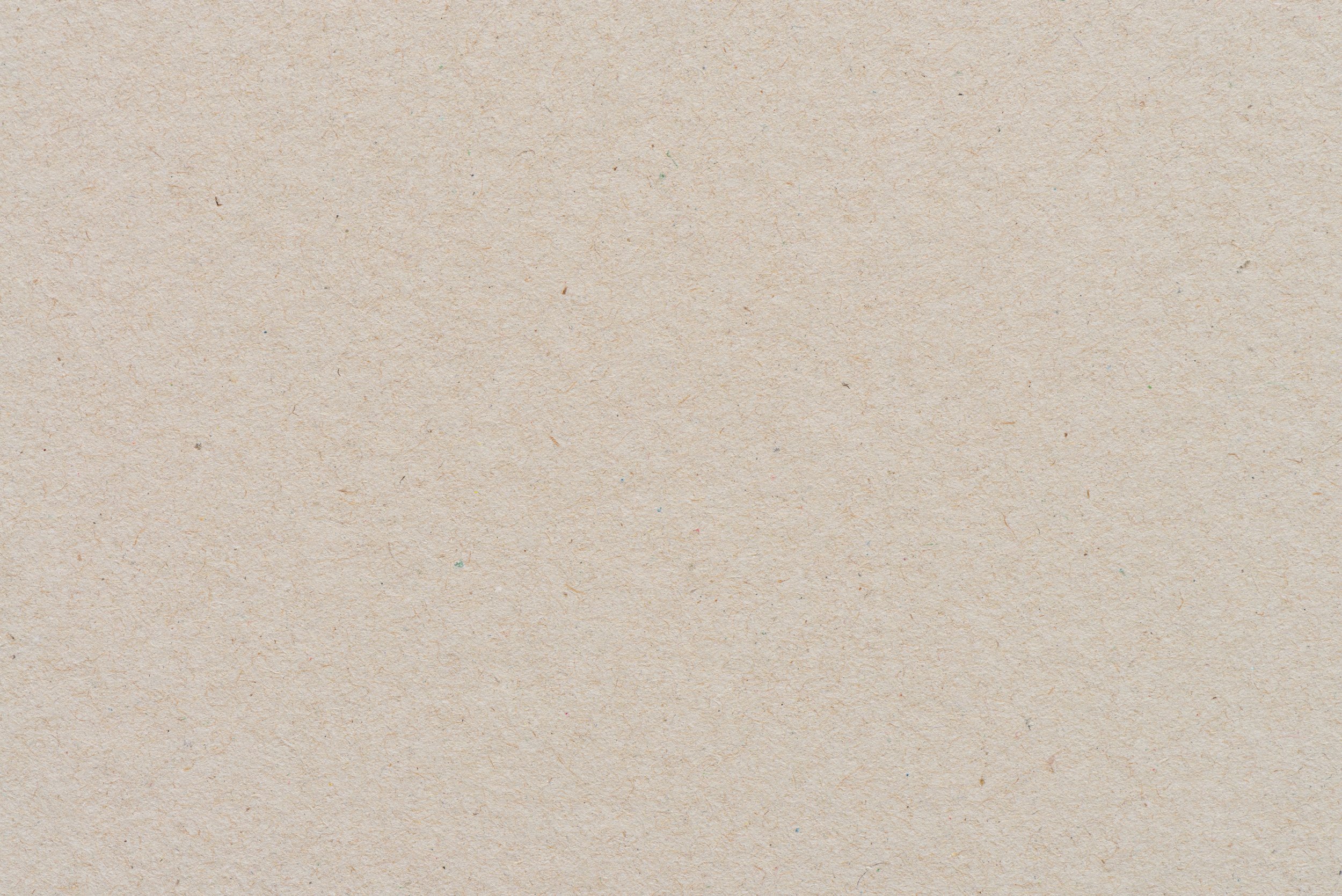
What is Water?
LESSON 2
Children explore water's transformations through the story "Water is Water," and a hands-on experiment creating condensation, evaporation, and a cloud.
The book “Water is Water," by Miranda Paul and Jason Chin.
Clear jar with a lid
Water
Ice cubes
Boiled hot water
Hairspray
Materials
Gather materials
Set up a designated experiment area with all materials readily accessible.
Ensure safety precautions are in place, especially when handling boiling water.
Preparations
Facilitate a love for learning by incorporating a story about water and the water cycle.
Guide children in understanding the scientific concept of the water cycle through a simple and hands-on experiment.
Encourage language development by discussing observations and questions during the experiment.
Objectives for Teachers
Children deepen their understanding of water and the water cycle through an engaging story and hands-on experiment.
Children explore the concept of clouds and their role in the water cycle.
Children practice fine motor skills and scientific inquiry by conducting a cloud in a jar experiment.
Objectives for Children

Collect and Connect
Practice saying the poem together with the actions you came up with.
White Fields
In the wintertime we go,
Walking in the fields of snow.
Where there is no grass at all.
Where the top of every wall,
Every fence and every tree,
Is as white as white can be.
And our mothers always know,
By the footprints in the snow,
Where it is the children go.
-James Stephens

Activity Flow
Begin by revisiting the children's experiences with water from the previous lesson. Use open-ended questions:
What did you learn about water last time?
How does water change its form?
2. Introduce the book "Water is Water," and read it together, engaging children in the amazing journey of water and its different forms.
3. Facilitate a discussion about the book:
What did you find interesting about the story?
How did water transform in different situations?
Can you think of other places where water is found?
Begin the hands-on experiment by filling the clear jar with hot water.
Have the child place a few ice cubes on the lid of the jar, creating a chilled surface.
Ask the child to observe what happens to the outside of the jar. Explain that it mimics the process of condensation.
Allow the child to observe and describe what happens inside the jar. Explain that this represents evaporation and the formation of clouds.
Spritz a small amount of hairspray into the jar, creating particles for the water vapor to condense around. Observe the cloud formation.
Engage in a conversation about the experiment:
Cloud in a jar experiment:
What did you observe inside the jar?
How is the experiment similar to what happens in the sky?
Why do you think clouds form?
4. Conclude the lesson by summarizing what you have learned about water, its various forms, and the water cycle. Encourage children to express their thoughts and questions.



